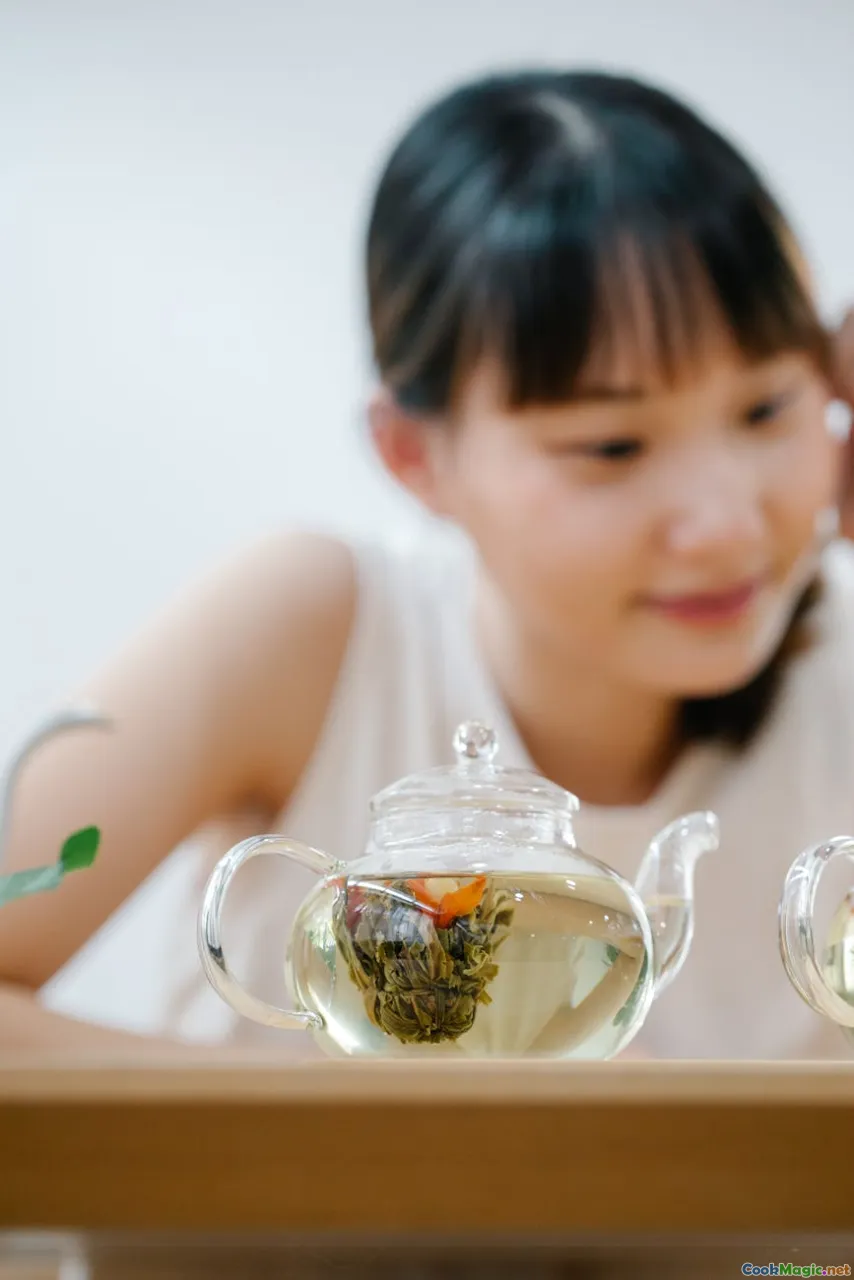Tea Time Rituals and their Culinary Impact
8 min read Explore the rich history and cultural significance of British tea time rituals, revealing their profound culinary and social impact. April 29, 2025 01:00
Tea Time Rituals and their Culinary Impact
Imagine a quiet afternoon bathed in golden light, the gentle clink of fine china, and the intoxicating aroma of freshly brewed tea enveloping the room. For many in Britain, this scene is not just a moment of refreshment but a cherished ritual that embodies centuries of tradition, social bonding, and culinary finesse. Tea time, often regarded as a simple daily habit, is in fact a profound cultural phenomenon whose roots run deep into British history and whose influence extends far beyond the cup.
The Origins of British Tea Culture: A Brief Historical Overview
Tea’s journey to becoming a cornerstone of British life is a story woven with trade, diplomacy, and evolving social norms. It was in the early 17th century that tea first arrived in England, brought by Dutch and Portuguese traders. Initially a luxury enjoyed by aristocrats and the wealthy, tea gradually permeated all levels of society.
By the 19th century, with the expansion of the British Empire and the advent of the Industrial Revolution, tea became more accessible. The establishment of the famous afternoon tea ritual is attributed to Anna, the Duchess of Bedford, in the 1840s. Frustrated by the long gap between lunch and dinner, she popularized the idea of a light snack accompanied by tea in the late afternoon, a tradition that quickly gained popularity among the upper classes and eventually became a staple across Britain.
The Rituals of Tea Time: A Symphony of Customs
The Setting and Atmosphere
A quintessential British tea time is characterized by its elegant setting. Fine china, crisp linen tablecloths, silver teaspoons, and dainty cake stands set the scene. The ambiance is one of relaxed sophistication, often accompanied by soft music or lively chatter. The ritual begins with the careful selection of tea leaves—whether it's the robust Assam, the fragrant Earl Grey, or the delicate Darjeeling—each offering a unique sensory journey.
The Preparation
Brewing tea is an art in itself. The water must be heated to just the right temperature—boiling for black teas, slightly cooler for green or white teas. The leaves are steeped with patience, allowing their flavors to unfurl into a fragrant, amber brew. The pouring process is deliberate, with attention paid to the angle and speed, ensuring an even infusion.
The Accompaniments
No tea ritual is complete without a carefully curated array of accompaniments. Classic finger sandwiches—cucumber with cream cheese, smoked salmon with dill, egg salad with watercress—are served on tiered stands, their delicate flavors balancing the boldness of the tea.
Scones, still warm from the oven, are sliced and layered with clotted cream and tangy strawberry jam. Their crumbly texture and rich cream create a harmonious contrast to the briskness of the tea.
Sweet treats also play a pivotal role—petit fours, macarons, Victoria sponge, and buttery shortbread biscuits add layers of sweetness and texture.
The Culinary Impact of Tea Time
Influences on British Cuisine
Tea time has had a profound influence on British culinary practices. The emphasis on small, refined portions fostered a tradition of creating meticulously prepared finger foods that emphasize finesse and presentation. This led to the development of a variety of baked goods, sandwiches, and confections uniquely associated with afternoon tea.
The Art of Baking and Confectionery
The popularity of tea has propelled British bakers and confectioners to innovate and refine recipes. Scones, for example, have become a symbol of comfort, with countless variations—adding currants, cheese, or even savory herbs. Similarly, the art of cake decorating flourished, with intricate icing and delicate pastries becoming central to the experience.
Tea as an Ingredient
Beyond its traditional role, tea itself has been integrated into culinary creations. From tea-infused panna cottas to matcha-flavored desserts, the influence of tea extends into modern gastronomy, inspiring chefs to explore its complex flavors.
Personal Stories and Cultural Significance
Growing up in Britain, I remember the ritual of Sunday afternoon tea at my grandmother’s house. The ritual was sacred: a moment to pause, share stories, and enjoy the simple pleasure of good company and good food. The aroma of freshly brewed tea mingling with the scent of warm scones created an almost magical atmosphere, reinforcing bonds and creating memories.
For many Britons, tea time is more than just a culinary event; it’s a social glue that unites generations, a pause in the busy rhythm of life that celebrates tradition while adapting to modern tastes.
Modern Interpretations and Global Influence
Today, tea time continues to evolve. Contemporary cafes and hotels across Britain offer innovative takes—artisan teas, gluten-free treats, and global-inspired flavors—while still honoring the traditional elegance. The ritual has also become a global phenomenon, with countries around the world adopting and adapting British tea customs.
Concluding Thoughts: A Timeless Tradition
Tea time, with its elegant rituals and culinary artistry, exemplifies how a simple beverage can become a vessel of cultural identity and social cohesion. It’s a celebration of craftsmanship, history, and shared moments—a daily reminder of the beauty found in tradition.
Whether enjoyed in a bustling city cafe or a cozy countryside tearoom, the essence of tea time remains unchanged: a delicate balance of taste, aroma, and connection that continues to delight and inspire. So next time you brew a cup, remember—you’re partaking in a centuries-old dance of flavor and friendship, a true testament to Britain’s rich culinary heritage.









